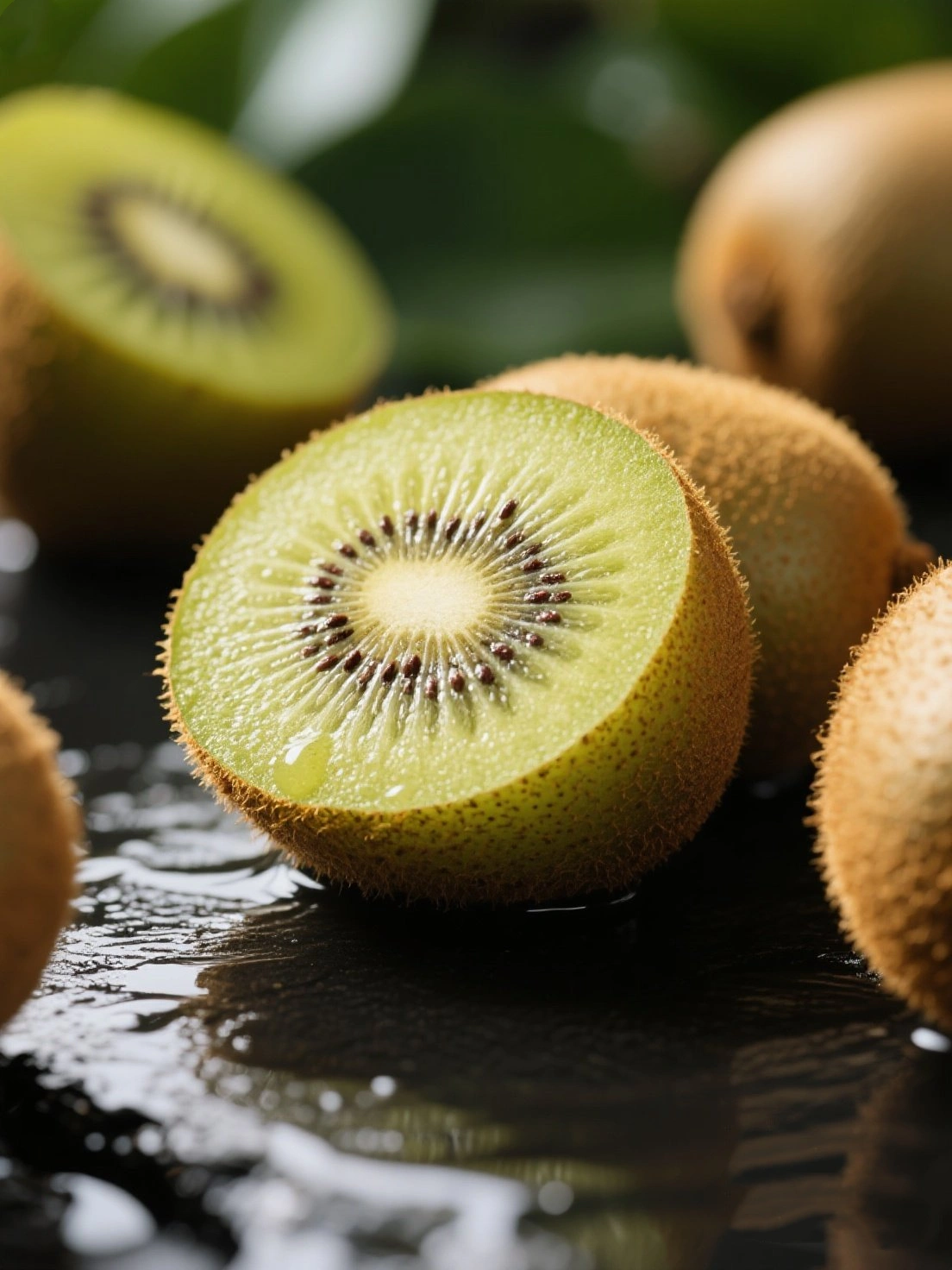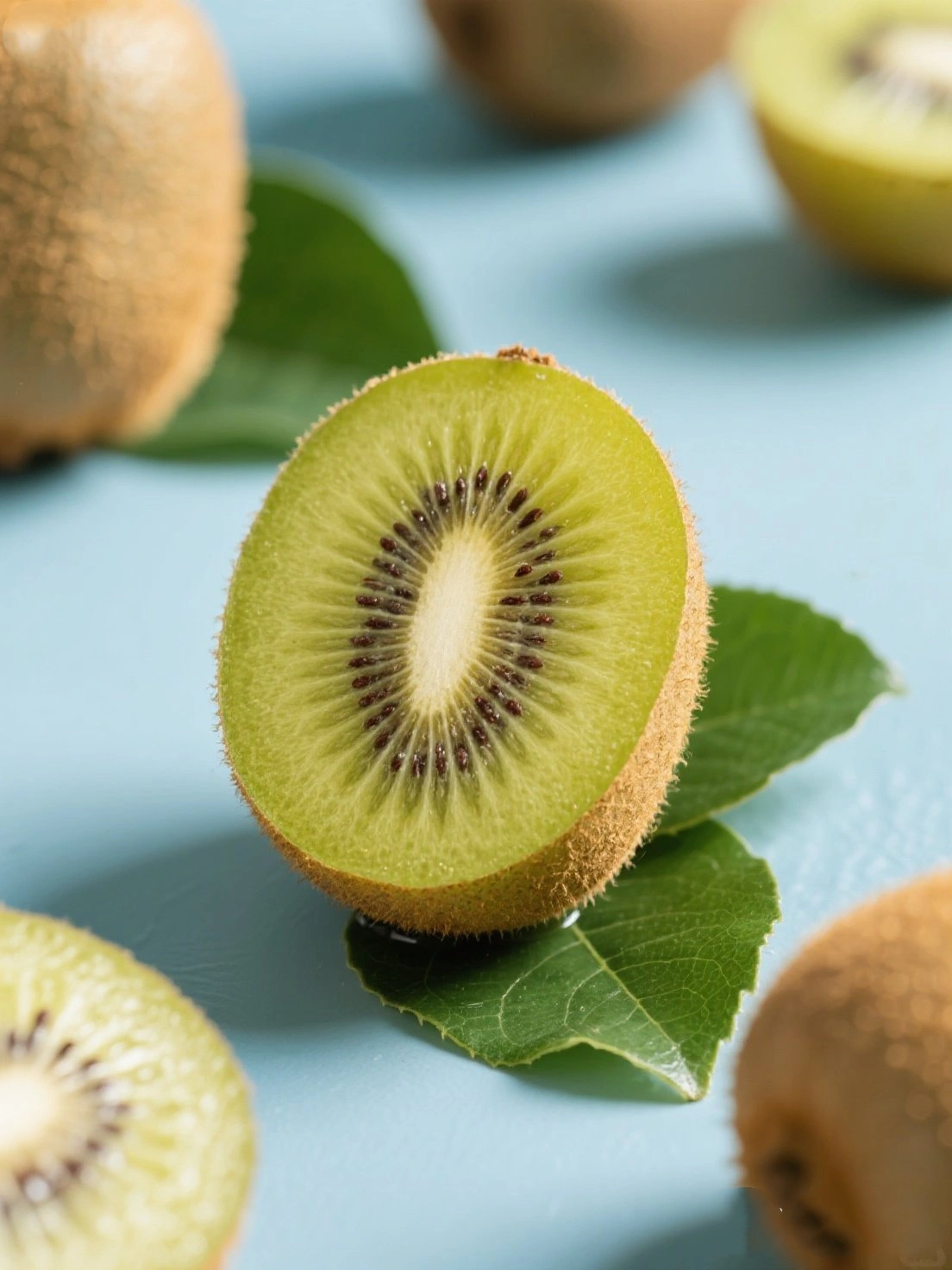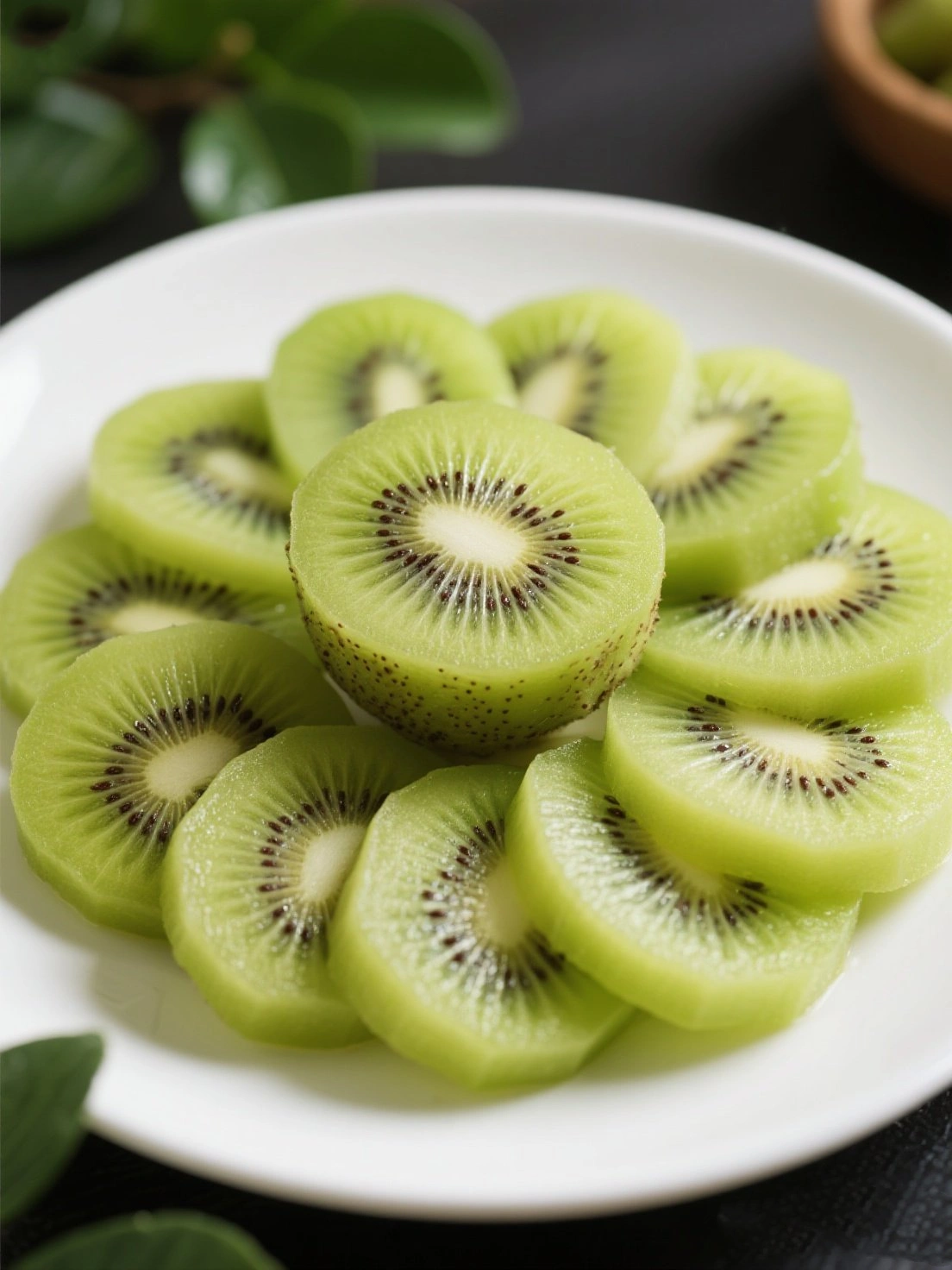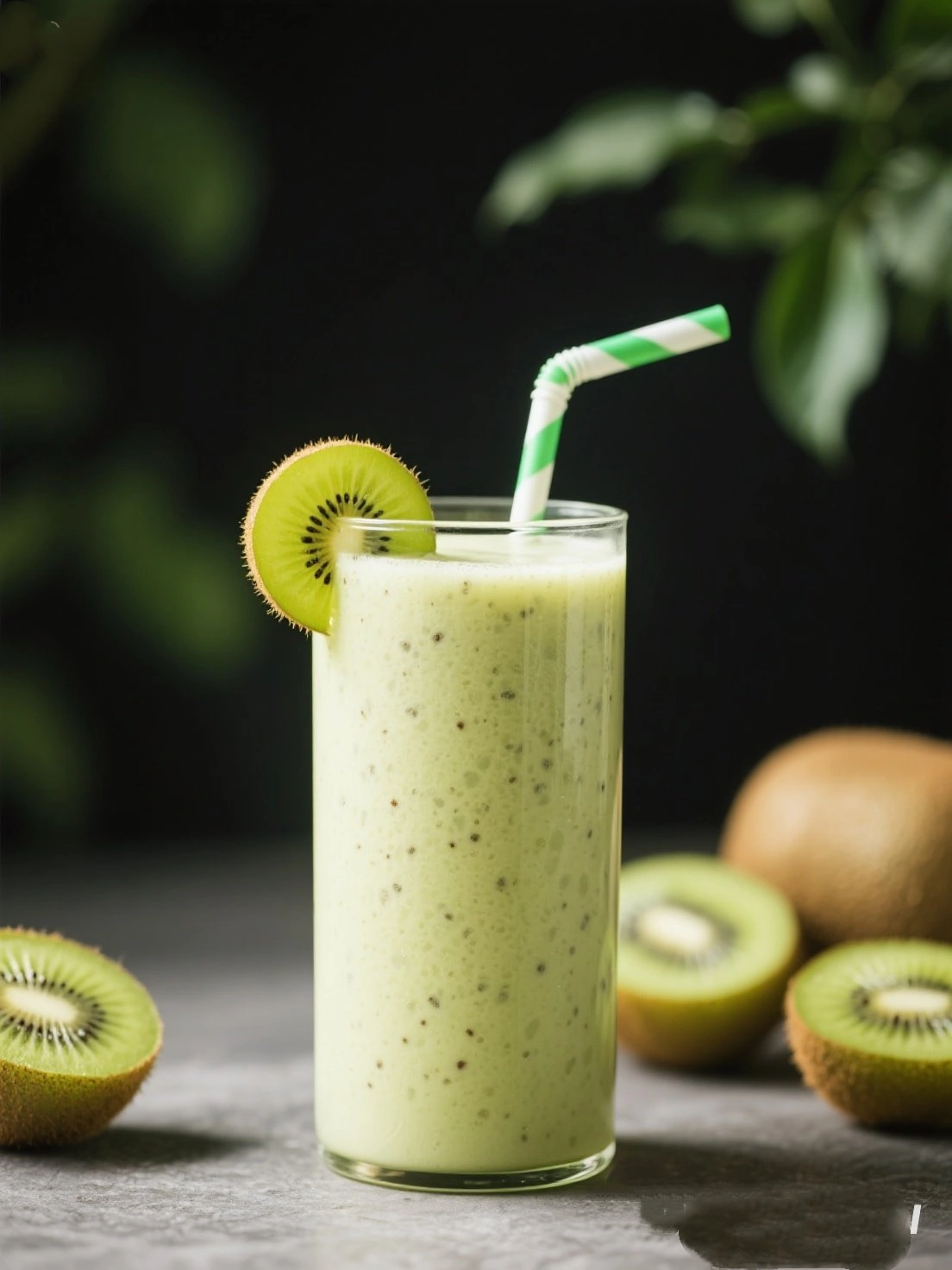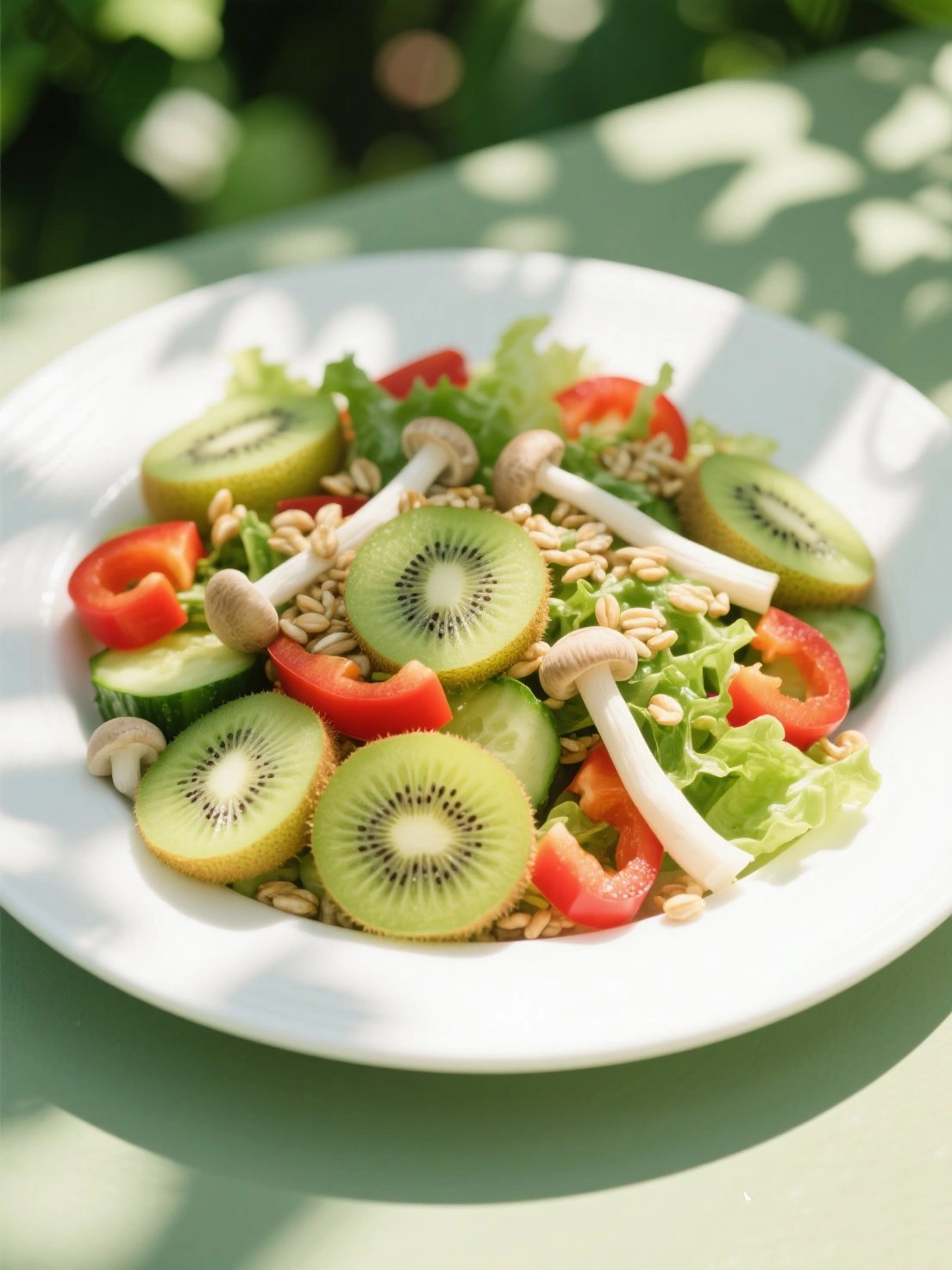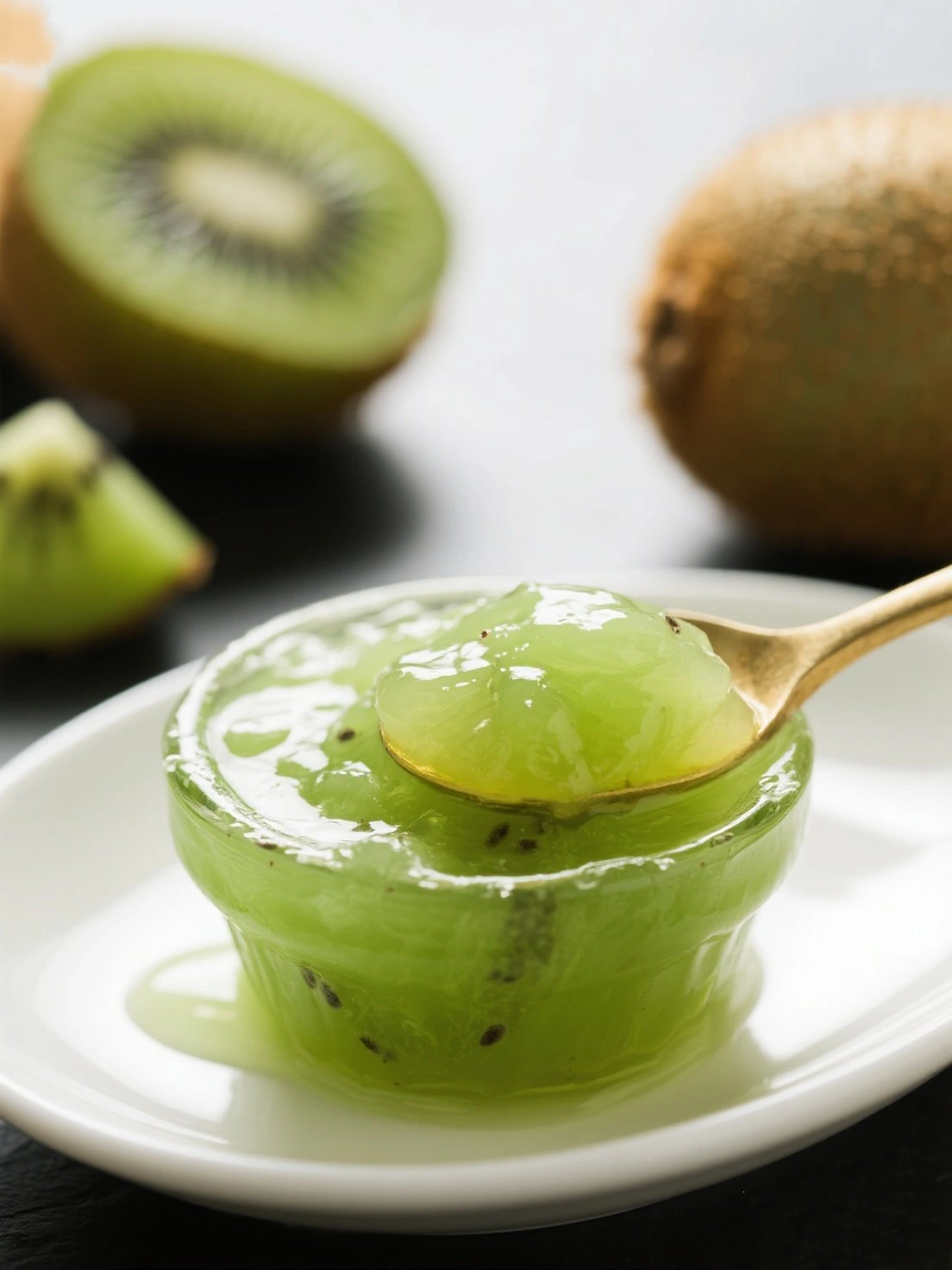Kiwi fruit (Actinidia deliciosa), originally called Chinese gooseberry or yang tao (猕猴桃 - mihoutao in Chinese), is a nutrient-dense fruit native to the Yangtze River valley in China. This fuzzy brown fruit with vibrant green flesh has been cultivated in China for centuries before being introduced to New Zealand in the early 20th century, where it got its current name.
In Traditional Chinese Medicine, kiwi fruit is considered cooling and is used to relieve dryness, promote digestion, and reduce inflammation. Ancient Chinese herbalists valued kiwi for its ability to soothe sore throats and alleviate urinary tract discomfort. The fruit was also used as a digestive aid due to its natural enzyme actinidin.
Today, kiwi is celebrated worldwide for its exceptionally high vitamin C content - containing nearly twice as much as oranges. The fruit's unique combination of nutrients, fiber, and enzymes makes it one of the most nutritionally complete fruits available. China remains the world's largest producer of kiwi fruit, with Shaanxi province being particularly renowned for its high-quality kiwis.
